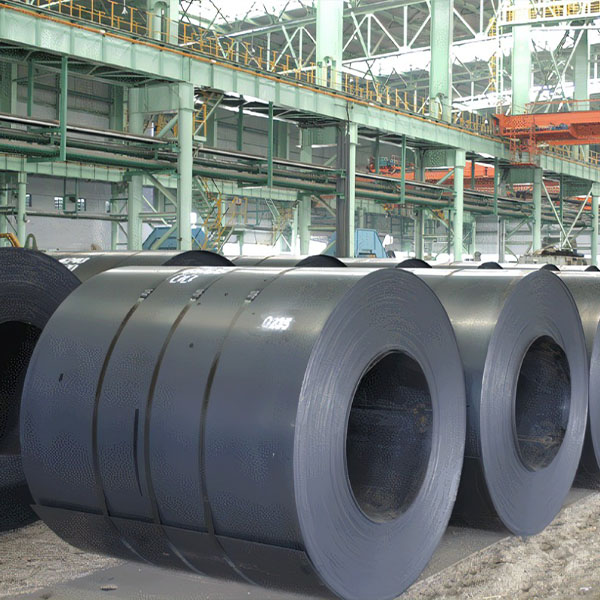Potential Policy Shift May Affect EU Steel Trade
The expected imposition of 25% blanket tariffs by the US could impact around 15% of EU hot-rolled coil (HRC) exports, based on 2024 trade data. Whether the existing tariff-rate quota (TRQ) system remains in place or new exclusions are granted will determine the full extent of the impact.
EU Steel Exports at Risk
Between January and November 2024, the EU exported 325,843 tons of HRC to the US, out of total 2.16 million tons of exports. The current TRQ allows 270,000 tons per year of HRC imports from the EU, allocated by country. Any volume exceeding the quota faces a 25% duty, although US buyers have secured exclusions for nearly 200,000 tons per year.
Other EU steel exports to the US in the same period include:
- Cold-rolled coil: 229,851 tons (19.2% of total exports)
- Hot-dipped galvanized steel: 386,082 tons (14%)
- Rebar: 15.8% of total exports
- Wire rod: 12.2% of total exports
The European market, already grappling with sluggish demand, is likely to feel additional pressure from reduced export access to the US. Traders noted that many EU flat steel products are specialty grades that lack domestic substitutes in the US, potentially making them eligible for future exclusions.
EU's Potential Response
The European Commission has not yet responded officially but hinted at possible retaliatory measures. The ongoing review of EU steel safeguard policies, due for completion by March 31, could lead to a more protectionist stance from Brussels in response to US actions.
French Foreign Minister Jean-Noel Barrot reinforced the EU’s stance, stating that the bloc will "react" as it did in 2018, when similar tariffs under Section 232 were imposed. The Commission criticized the tariffs as “unlawful and economically counterproductive”, given the deep economic ties between the US and EU.
With potential trade tensions escalating, the global steel market faces a new period of uncertainty, as both sides prepare for further trade policy shifts.


